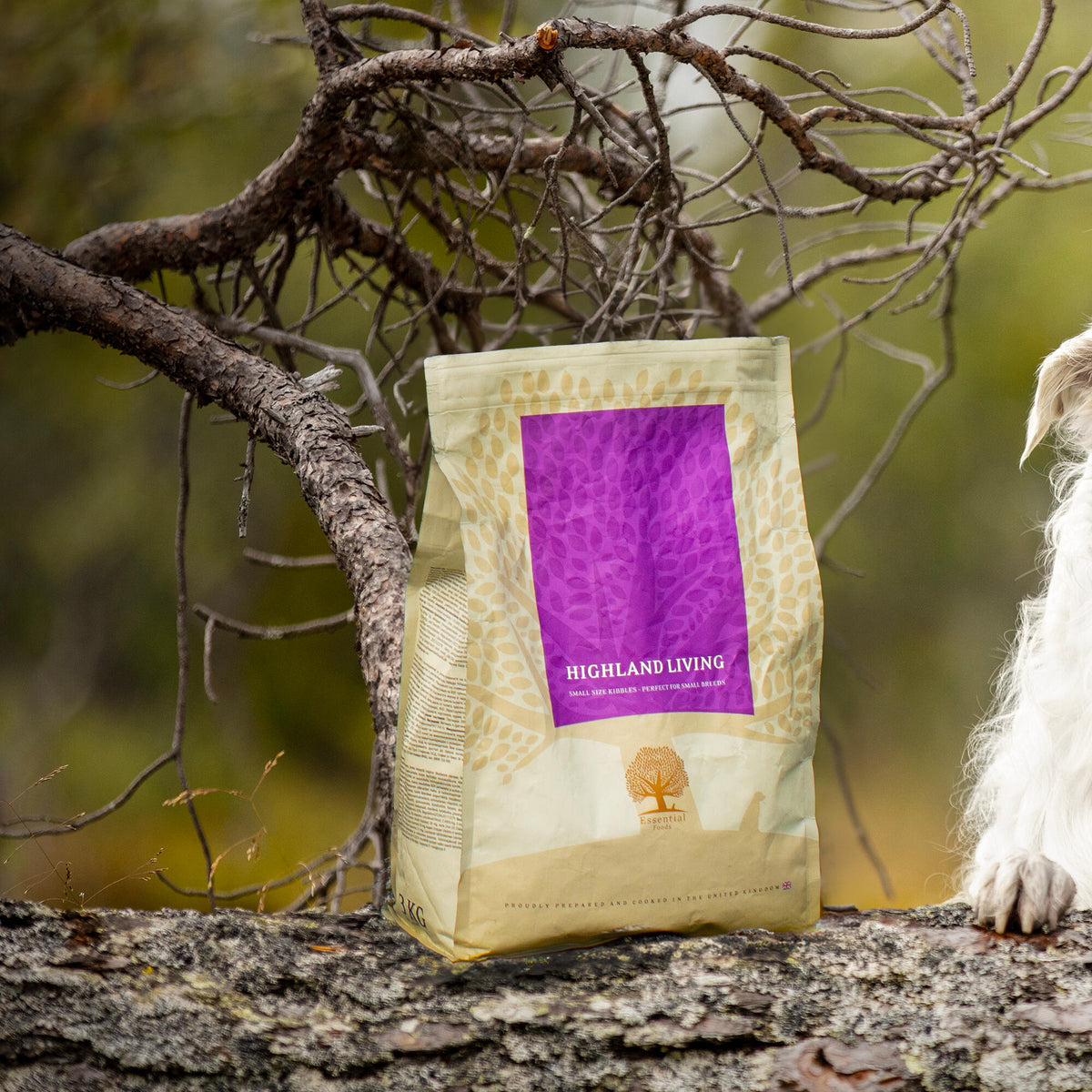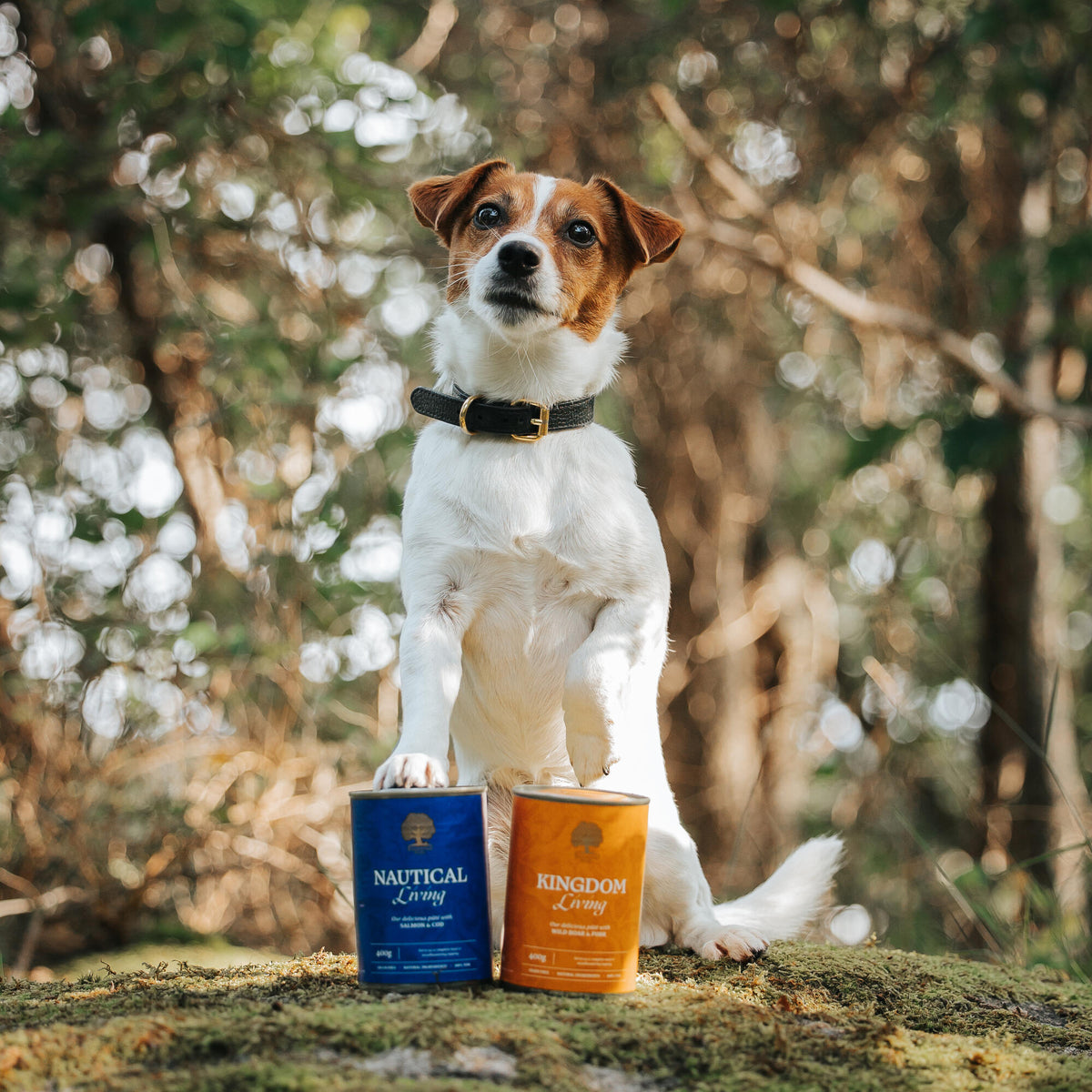Your Cart is Empty

Training your dog to eat dog food can be a challenging task, especially if your dog is a picky eater. However, with the right approach and patience, you can successfully transition your dog to a healthy diet that includes grain-free dog food, natural dog food, and puppy food. In this comprehensive guide, we'll explore effective strategies for training your dog to eat dog food and why essential foods are the best choice for their overall health and well-being.
Dogs require a balanced diet to thrive, consisting of proteins, carbohydrates, fats, vitamins, and minerals. Grain-free dog food, natural dog food, and puppy food are formulated to meet these nutritional needs, providing essential nutrients for optimal health and energy levels.
Grain-free dog food is an excellent option for dogs with grain sensitivities or allergies. By eliminating grains such as wheat, corn, and soy, grain-free dog food reduces the risk of digestive issues and allergic reactions, promoting better overall health and digestion.
Natural dog food is made with high-quality ingredients, free from artificial additives, preservatives, and fillers. By feeding your dog natural dog food, you can ensure they receive the nutrition they need without any unnecessary additives or fillers that may harm their health.
Puppy food is specially formulated to meet the unique nutritional needs of growing puppies. Rich in protein and essential nutrients, puppy food supports healthy growth and development, including strong muscles, bones, and immune system.
When transitioning to a new dog food, it's essential to do so gradually to prevent digestive upset. Start by mixing a small amount of the new food with your dog's current food and gradually increase the proportion over several days. This gradual transition allows your dog to adjust to the new taste and texture of the food without any discomfort.
Throughout the transition process, monitor your dog's response to the new food closely. Look for signs of gastrointestinal upset, such as vomiting, diarrhea, or changes in appetite. If any issues arise, slow down the transition process and consult your veterinarian for guidance.
Training your dog to eat dog food requires patience and persistence. Some dogs may be hesitant to try new foods at first, but with consistent encouragement and positive reinforcement, they can learn to enjoy their meals. Be patient and avoid forcing your dog to eat, as this can create negative associations with food.
Dogs thrive on routine, so establishing a regular feeding schedule can encourage them to eat their meals. Feed your dog at the same times each day and avoid leaving food out for extended periods. This helps create a sense of structure and consistency around mealtime.
Positive reinforcement is a powerful training tool for encouraging your dog to eat their food. Offer praise, treats, or affection when your dog eats their meals, reinforcing the behavior you want to see. Avoid using punishment or force, as this can create negative associations with food.
Inject some excitement into mealtime by making it a fun and interactive experience for your dog. Use puzzle feeders, food-dispensing toys, or interactive feeding games to stimulate your dog's mind and encourage them to eat. This not only makes mealtime more enjoyable but also helps prevent boredom and behavioral issues.
Training your dog to eat dog food can be a rewarding experience for both you and your dog. By understanding your dog's dietary needs, transitioning to the right food gradually, and using positive reinforcement techniques, you can help your dog develop healthy eating habits that will benefit them for years to come. Remember to choose grain-free dog food, natural dog food, or puppy food that meets your dog's nutritional requirements. Essential foods is ideal to improve and prolong the life of your dog.
1. How long does it take to transition my dog to a new food? The transition period can vary depending on your dog's sensitivity and the type of food you're introducing. It's best to take it slow and monitor your dog's response throughout the process. 5-7 days is generally the accepted practise.
2. Can I mix different types of dog food together? Yes, mixing different types of dog food can help ease the transition process and provide variety in your dog's diet. Just be sure to monitor their response and adjust accordingly.
3. What should I do if my dog refuses to eat their food? If your dog refuses to eat their food, try offering a different flavor or texture. It's essential to address any underlying health issues that may be affecting their appetite.
4. How can I tell if my dog is getting enough nutrients from their food? Monitor your dog's overall health, energy levels, coat condition, and weight to assess whether they're getting enough nutrients from their food. If you have concerns, consult your veterinarian for guidance.


